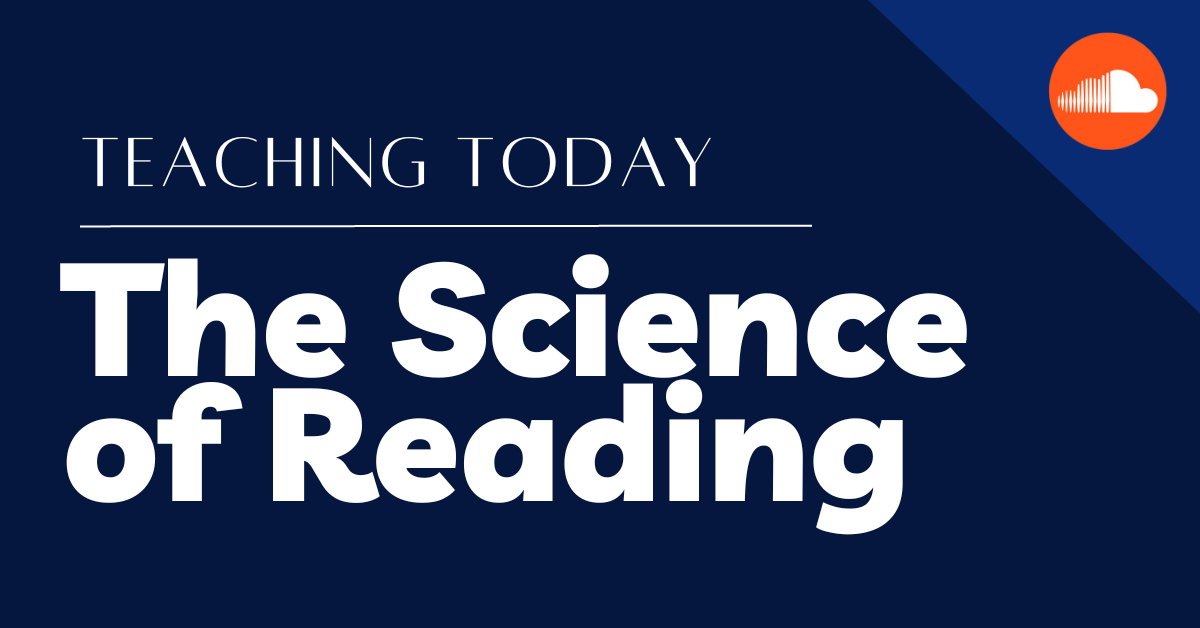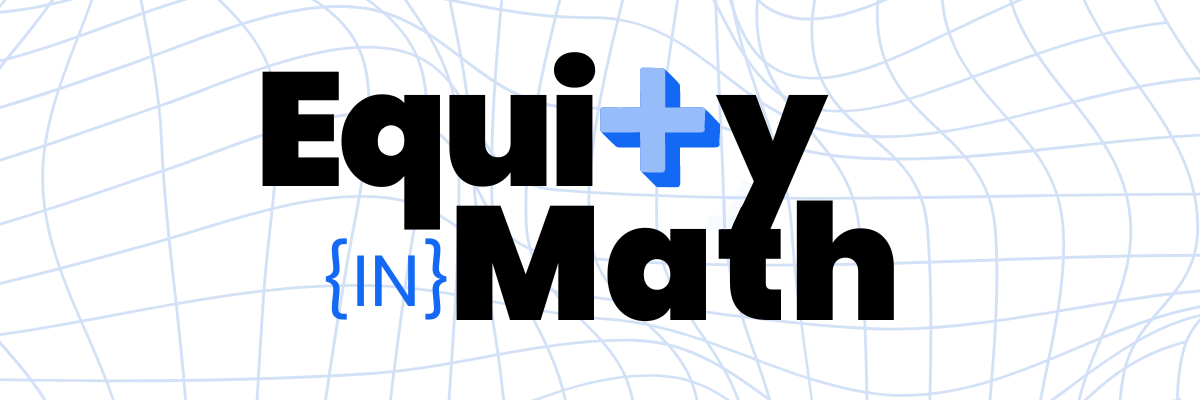|
Navigate reading mastery and the science of reading to create meaningful instruction for young readers.
This is the first installment in our Science of Reading series
In the realm of reading instruction, fluency acts as a foundational cornerstone, shaping the way readers interact with written language. Often hailed as the bridge connecting decoding and comprehension, fluency plays an instrumental role in molding a reader's overall understanding. This article takes a comprehensive look at the concept of fluency, delving into its significance, practical implications, and its alignment with the science of reading, with a particular focus on the role of guided reading.
Defining Fluency: Beyond the Basics
Fluency in reading goes beyond just being able to read words correctly. It involves reading in a way that is smooth, precise, and with expressive intonation. It also includes accuracy in understanding the text, maintaining a suitable reading speed, and paying attention to prosody, which refers to the rhythm and melody present in language. When all of these elements come together, they transform reading from a basic recognition of words into a skill that allows you to effortlessly comprehend the deeper significance of a text.
Why Fluency Matters: Bridging Decoding & Comprehension
Fluency acts like a bridge that connects two important parts of reading: decoding and comprehension. Decoding is the process of breaking down written symbols into recognizable words, while comprehension involves understanding the true meaning of the text. When a reader becomes fluent, it means they can decode words effortlessly, which in turn frees up mental energy. This newfound mental capacity can then be directed towards better understanding the content of the text. Research has shown a strong connection between fluency and comprehension. Readers who have developed fluency are not only able to grasp complex ideas easily, but also engage in critical analysis of the text. This skill in turn helps them develop a genuine fondness for reading. This dynamic relationship between fluency and effective reading instruction is a central focus within the science of reading.
Guided Reading: A Path to Proficiency
In the array of strategies aimed at promoting fluency, guided reading emerges as a standout approach. Within a guided reading context, small groups of students engage in shared reading experiences, guided by their teacher. The strength of guided reading lies in its ability to:
Guided Reading in Action: Effective Approaches
Elevating Fluency: A Reading Journey
Fluency goes beyond a mere skill; it's the foundation of satisfying, meaningful reading. Guided reading plays a key role in nurturing this skill, supporting capable readers, and fostering a genuine passion for reading. As educators embrace the principles of guided reading and other fluency-centered approaches, they empower young minds to confidently navigate texts. This involves actively connecting and interlinking various elements within the text, much like weaving threads into a fabric. This journey blends the art of reading with the science of effective reading instruction, resulting in a community of skilled and enthusiastic readers. If you are interested in exploring guided reading further, join me at Best Practices for Guided Reading, which will provide you with an opportunity to experiment with designing and implementing guided reading lessons of your own! |
|
The Center for Professional Education of Teachers (CPET) at Teachers College, Columbia University is committed to making excellent and equitable education accessible worldwide. CPET unites theory and practice to promote transformational change. We design innovative projects, cultivate sustainable partnerships, and conduct research through direct and online services to youth and educators. Grounded in adult learning theories, our six core principles structure our customized approach and expand the capacities of educators around the world.
|
ABOUT US
525 West 120th Street, Box 182 New York, NY 10027 416 Zankel Ph: (212) 678-3161 [email protected] Our Team Career Opportunities |
RESOURCES
Professional Articles Ready-to-Use Resources Teaching Today Podcast Upcoming PD Opportunities |
COACHING SERVICES
Custom Coaching Global Learning Alliance Literacy Unbound New Teacher Network Student Press Initiative |



























